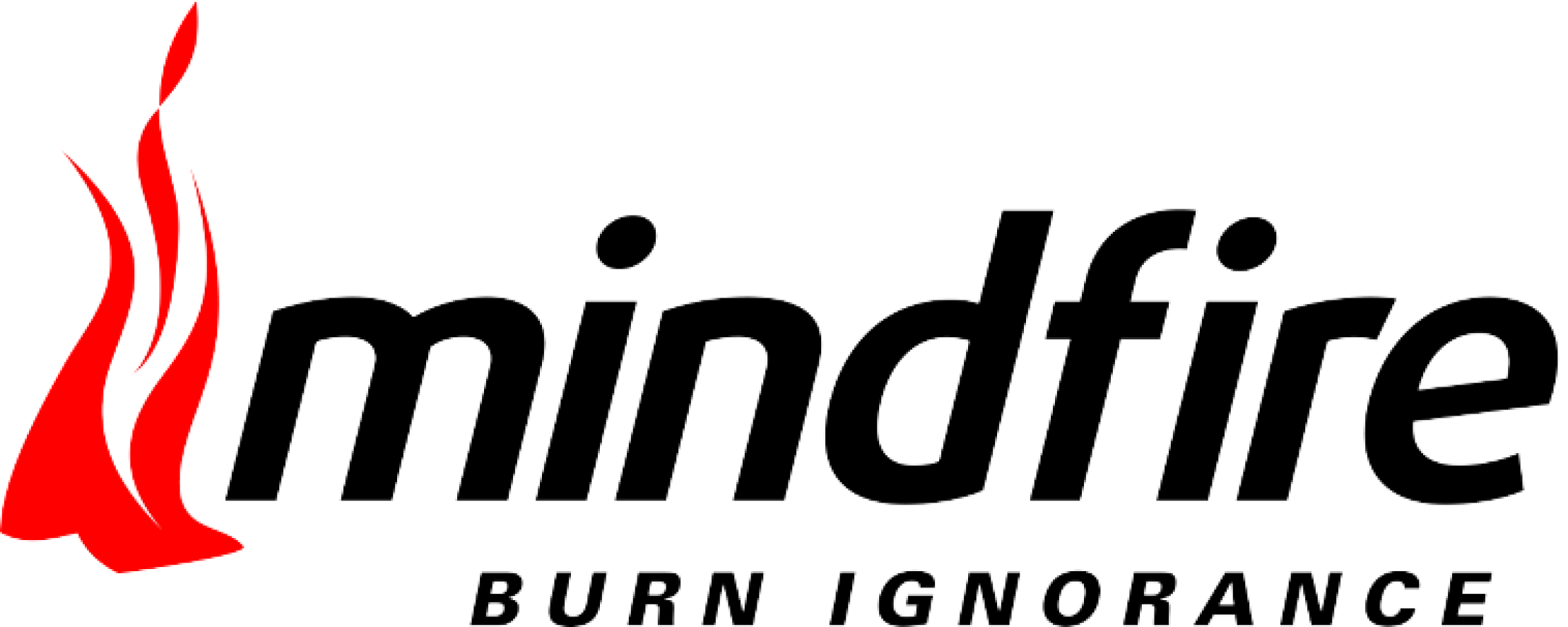Sales and Inventory Management System
Executive Summary
Sales and Inventory Management System web application goes beyond basic business management and reporting to help users to work faster and smarter. The application provides a flexible approach allowing user to capture the unique needs of the business by automating key business processes and offering robust integration capabilities. It provides user experience designed around specific company roles and can be personalized to meet specific user preferences to eliminate clutter and improve the accuracy of the employees. Robust reporting enables access to critical company information and improves customer service through automatic and timely order and shipment information.
The whole application is divided into 7 different modules.
1. Sales Program – The Sales Program module provides the ability to setup and manage programs for freight, brokerage, commissions, and promotions that are tied to orders and invoices. Multiple calculation methods and the ability to link programs to customers/addresses, items, and utilize effective dates helps to automate the process and increase accuracy.
2. Logistics – The Logistics module allows for the planning and management of order shipments through internal and external carriers. The logistics module groups orders together based on configurable grouping rules that improves the planning of trucks, containers, and other shipments where one or more orders ship together. Being fully integrated with Sales Order makes the hand off and processing between Sales and Logistics seamless.
3. Sales Contracts – The Sales Contracts module allows user to setup customer contracts based on units, weight, and/or time. Contracts can also include item specific pricing and be flagged to restrict or allow over shipment. These configuration options help to ensure that invoices go out in compliance with agreed upon contracts with customers and takes the manual busy work out of remembering customer specific contract pricing and contract dates.
4. Commodity Procurement – The Commodity Procurement module helps user to solve the unique needs of buying commodity items and managing the various deductions, grading, and settlements associated with processing delivery tickets. Commodity Procurement module is optimized to manage the entire process with flexibility to work for companies in agriculture and aquaculture. Whether its processing deductions on a ticket or accruing for various charges due to third party entities, the commodity procurement module can address the unique needs of buying commodities with built in functionality to process settlement payments.
5.Sales Order – The Sales Order module allows for the full management of orders and invoices throughout the entire life cycle from initial entry, through fulfillment, and shipping. Improved visibility and configurable access and edit rights ensures that users will be able to perform their specific tasks related to the orders and invoices at the right time. User defined fields provide the flexibility to track, manage, and report against specific information that is unique to individual companies and a powerful message alert system can be setup to notify users that certain orders/invoices need attention.
6. Inventory – The Inventory modules is a power tool for managing all inventory related transactions and setup. Optimized data entry templates makes processing inventory transactions much faster and configurable item attributes help drive reporting and analysis.
7. Workflows – The application includes configurable Workflows throughout the system for various transactions. The Workflows help to ensure the system mirrors the process flow of transactions and provides a simple method to see what point a transaction is at in its overall life cycle. Not all locations and transactions are processed the same, so being able to configure workflows based on transaction and site provides the flexibility to meet the unique processes within an organization.
The application is built up using ASP.NET 4.0, Telerik ASP.NET AJAX, and jQuery. Although not being an MVC application, the modules ensured that there is a separation of concern. ELMAH is being used to have a centralized error logging mechanism. During the development stages tools like Yslow and Mini Profiler were used to track the performances of pages. Jetbrains Resharper was being used to maintain the coding standards.
About our Client
ERP Management
Industry
ERP
Technologies
ASP.Net 4.0



